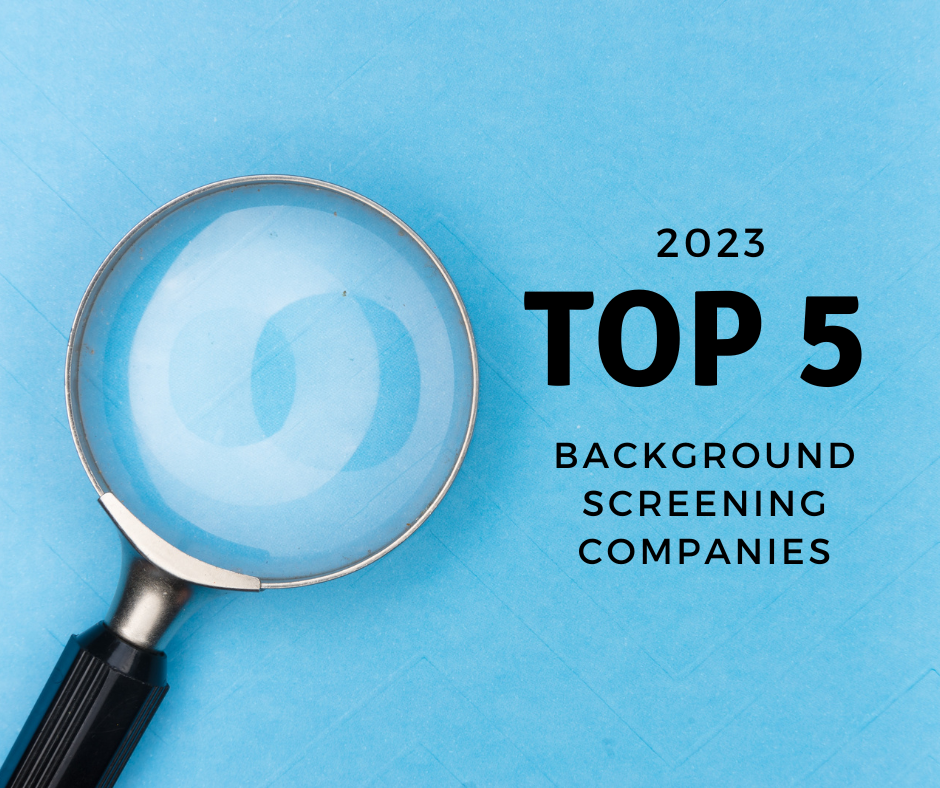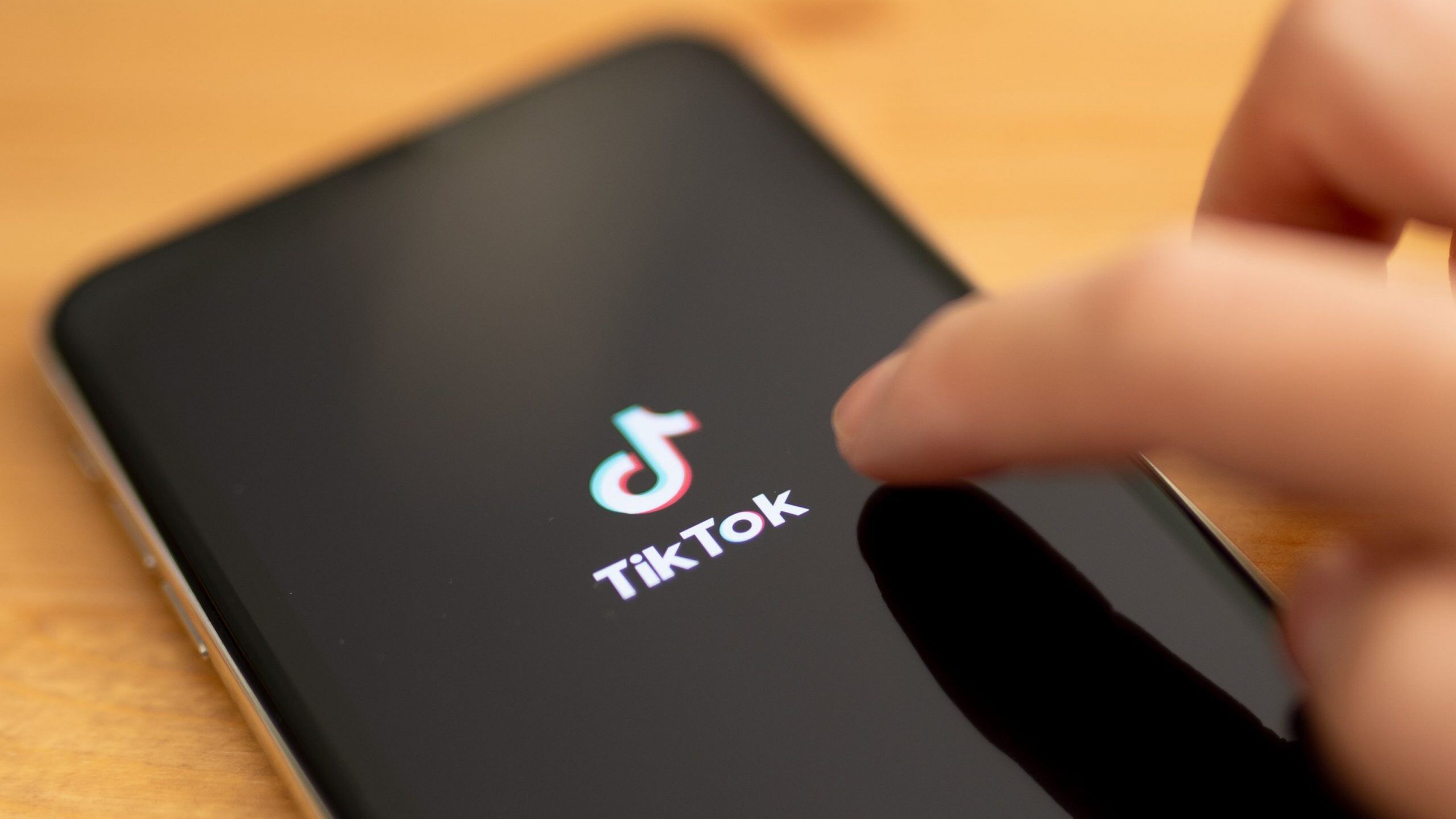Turnaround times (TAT) are one of the most significant drivers of client satisfaction in respect to background screening. Quicker TATs accelerate speed to hire, allowing employers to onboard critically needed employees sooner. Many background screening firms publish and promote their TATs to get the attention of HR professionals. However, that number may be misleading because not every provider calculates TAT the same way.
There are also many factors effecting TAT; some of these variables can be strategically minimized; others are simply the same for any background check vendor.
“How fast can I have my reports?” is one of the first questions asked by HR professionals when talking to background screeners. Although it may seem to be a simple question, TAT calculations are very complex. The answer that many screeners will provide is a national average (i.e. 1.5 days). That average is based on all the transactions of the firm and may have little relevance to an individual employer. To understand what’s behind that average number or any TAT calculation, you must dig deeper, and ask questions about how it’s calculated and what TATs are specific to your region.
An important detail to understand is that turnaround time is jurisdictionally driven, which most HR professionals don’t realize and background check vendors don’t mention. There are approximately 3,144 counties in the U.S. Within each county, there can be multiple court houses. About half of these courts have electronic access, which speeds up TAT; whereas others still must be searched by either court runners or actual clerks, which of course lengthens TAT. TAT can also be impacted by some courts only being open certain days or for certain hours, which continues to occur because of budget cuts.
For HR professionals to reduce the time to hire, they should ask about TATs specific to where they conduct most searches—whether that’s in one geographical area or across the country. Calculating TAT for specific highly searched areas as well as the overall TAT for the organization can help HR administrators create a baseline of where bottlenecks may occur. But don’t try to increase speed to hire by running any kind of “instant” check that returns results immediately or within a few hours. This is a database search with no verification, meaning the results may be inaccurate or incomplete.
Turnaround times in background screening are important for all HR professionals and recruiters, as it’s important to fill positions with little waste of time or resources. When determining what background check vendor may be the best fit, understanding how TAT is calculated and the factors impacting it allows employers to make informed decisions.
An employer that is knowledgeable of the reality behind figures like 2.5 days or 48 hours will be able to make the most informed decision when choosing a background check partner as well as have a clear understanding of what their approximate turnaround times will be. Knowledge of these variations can ultimately maximize efficiencies in their background screening procedures and
on-boarding.



